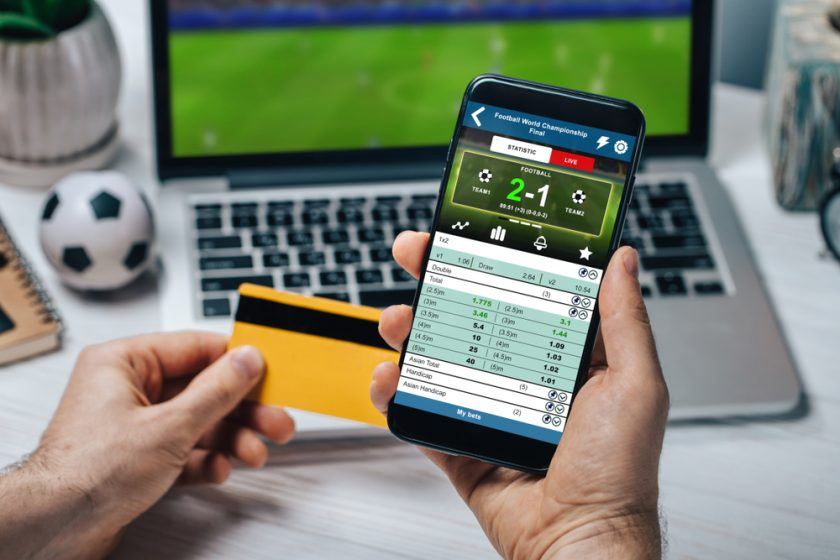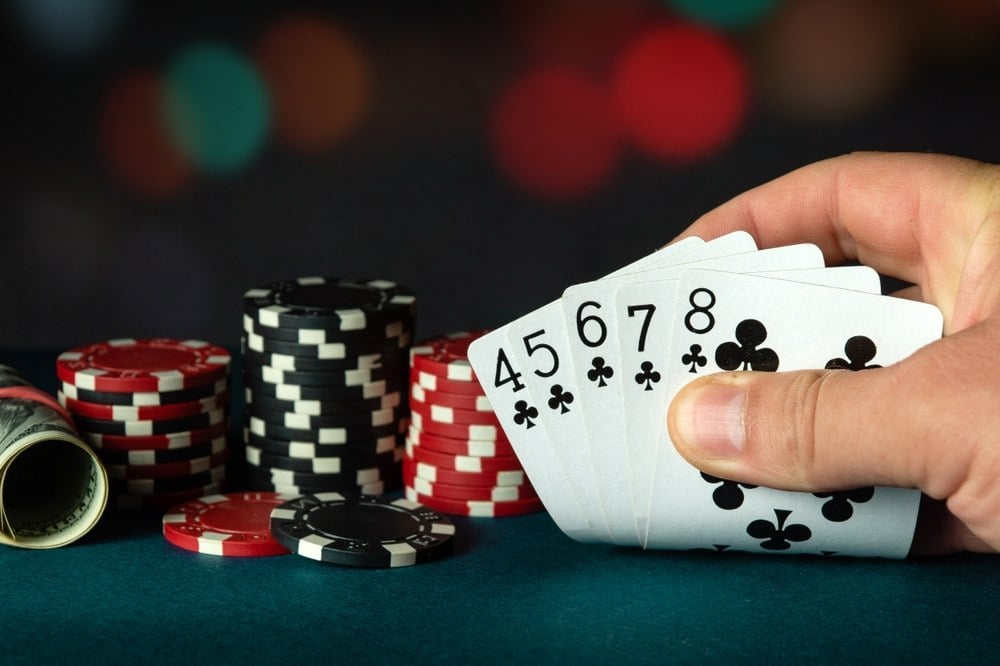Understanding the Vig: How Bookmaker Commissions Influence Your Gambling Results

Title Image credit: Wpaddington/Shutterstock
Essential Insights Into the Vig in Betting
The term "vig" is a cornerstone concept for anyone who places sports bets. Also known as vigorish, juice, edge, or rake, the vig represents the small commission that sportsbooks charge for facilitating bets. This fee ensures that the bookmaker profits from wagers, regardless of the outcome, and directly impacts your overall returns. Understanding how vig is structured and calculated is vital for making informed betting decisions and optimizing long-term profits.
Key points about the vig:
- The word 'vig' comes from the Russian “vyigrysh,” meaning gains or winnings.
- Synonyms include juice, cut, edge, or rake, and in traditional casinos, it’s commonly called the house edge.
- The concept has also been adopted in broader culture to refer to interest paid to loan sharks.
- Calculating and comparing the vig at different sportsbooks helps you assess the true profitability of your bets.
The Origins and Meaning of the Vig in Gambling
The term “vigorish” has a tangled history, believed to be rooted in the Russian language. The word first appeared in English print during the 1960s and was quickly shortened to "vig." While its technical use relates to the bookmaker’s commission on wagers, "vig" also has a notorious reputation in popular culture - often symbolizing the relentless interest expected by loan sharks, a theme perpetuated in stories of organized crime.
Whether referred to as juice, edge, or cut, the vig always points to the operator’s built-in advantage, ensuring that “the house” or sportsbook remains profitable.
Calculating the Vig: Understanding the Math Behind the Commission
Every sportsbook incorporates the vig directly into their posted odds, making it invisible at first glance. While casual bettors may not need to focus on these details, experienced or profit-driven wagerers should pay close attention. Even small differences in vig can cumulatively affect profits over time.
To find the vig on a particular bet, use the following formula (based on American odds):
(Favorite odds / (Favorite odds + 100) × 100) + (100 / (Underdog odds + 100) × 100) - 100
For instance, suppose the favorite is -110 and the underdog is +110. Plugging these numbers into the formula will reveal the bookmaker's share of all bets placed.
The Vig in Online vs. Traditional Gambling Venues
The way the vig appears varies between online sportsbooks, casinos, and physical gambling establishments. In online or land-based sportsbooks, the vig is rolled into the odds set for each bet. Casino games, on the other hand, express their edge through the Return to Player (RTP) percentage which is typically found in the paytable or rules of the game. Both formats ensure the operator always collects a share, from sports bets and slot machines to table games such as roulette or poker.

Image credit: Kitreel/Shutterstock
At physical casinos, slot and table games come with a preset RTP and house edge, making the vig an inextricable part of all forms of gambling.
Different Types of Vig in Gambling Explained
How Vig Applies in Spread Betting
When placing a spread bet, the difference in expected victory margin between two teams determines the wager’s parameters. The favorite, listed with a negative number, must win by more than the spread for your bet to cash in. The underdog, marked with a plus, needs to lose by fewer points or win outright. Spreads in certain sports, such as baseball, may include decimals (e.g., 0.5) to avoid ties or “pushes.”
For these wagers, the vig is woven into the odds, which commonly range from -120 to +100. The vig and spread are separate elements and should be evaluated independently.
Moneyline Bets and the Role of the Vig
Moneyline wagers involve picking the outright winner of an event, making them among the simplest options for bettors. However, despite their simplicity, the odds (and thus the vig) can vary significantly, especially when one participant is a heavy underdog-sometimes presenting four-figure lines.
All moneyline bets include a hidden vig, meaning true odds are slightly less favorable for the player than a straightforward win-loss proposition.
Sportsbook Vig: The Bookmaker’s Built-in Edge
Every wager placed at a sportsbook incorporates a vig. This commission is not only the sportsbook’s primary means of revenue, but it’s also what keeps their business viable, even when faced with large payouts to successful gamblers. Over time, this model ensures the bookmaker remains profitable while influencing the long-term prospects for bettors.
How Casinos Structure the Vig (House Edge)
Casinos do not often use the term “vig;” instead, they refer to the “house edge,” which is the operator's built-in advantage over players. This edge arrives with each game and is dictated by the game’s programming or design - not by the casino itself.
Every casino game, from slots to blackjack and roulette, carries a house edge tied to its RTP (Return to Player). For example:
- A slot with a 95% RTP means the house edge is 5% (the casino expects to earn $5 for every $100 bet over the long run).

Image credit: New Africa/Shutterstock
For players, awareness of the RTP and house edge is crucial for understanding the real cost of casino games.
The True Impact of Vig on Your Gambling Profits
Not every sportsbook applies the same vig to identical bets, which means your potential payout can fluctuate between platforms. Savvy bettors understand that the vig makes a considerable impact on returns, particularly for larger or frequent wagers. Take a look at how vig changes affect winnings on a $100 bet:
| Odds | Potential Profit on $100 Bet |
|---|---|
| +100 | $100 |
| -105 | $95.24 |
| -110 | $90.91 |
| -115 | $86.98 |
| -120 | $83.33 |
| -125 | $80 |
As shown, the higher the vig (reflected in less favorable odds), the smaller your real-world profit.
Practical Ways to Minimize the Vig’s Financial Impact
While there’s no way to avoid the vig entirely-it’s simply the cost of participating-there are actionable steps to manage and reduce its effect:
- Compare betting odds across multiple sportsbooks to find the lowest vig for the same event. Even a minor difference can matter over time.
- Watch for special promotions featuring reduced vig, especially during major events, as operators compete for your business.
- Focus on enhancing your success rate; consistent wins, even if small, collectively outpace the drain of the vig.
- Take advantage of bonuses such as risk-free bets or odds boosts. These can help offset the commission and stretch your betting bank.
By implementing these tactics, players can mitigate, though not eliminate, the negative influence of the vig.
The Vig’s Lasting Influence on the Gambling World
Vig is an ever-present and inescapable element for every bettor. While it may feel like an unavoidable tax, understanding and responding to the vig’s impact is key to smart gambling. By shopping around for the best lines, seeking out reduced vig offers, and using promotions wisely, players can help offset this hidden cost and make more strategic choices.
A solid grasp of how the vig functions equips gamblers to navigate bets with clear eyes-and to pursue outcomes that maximize value over time.













